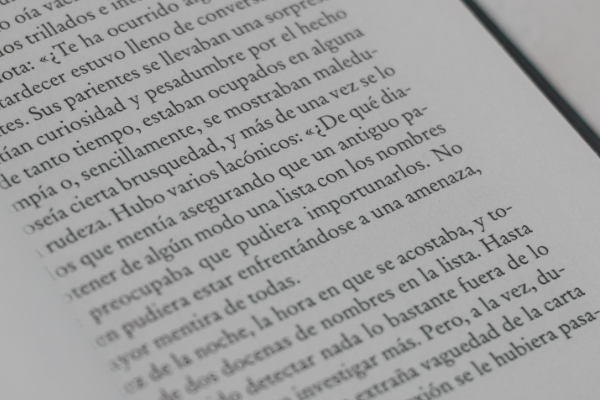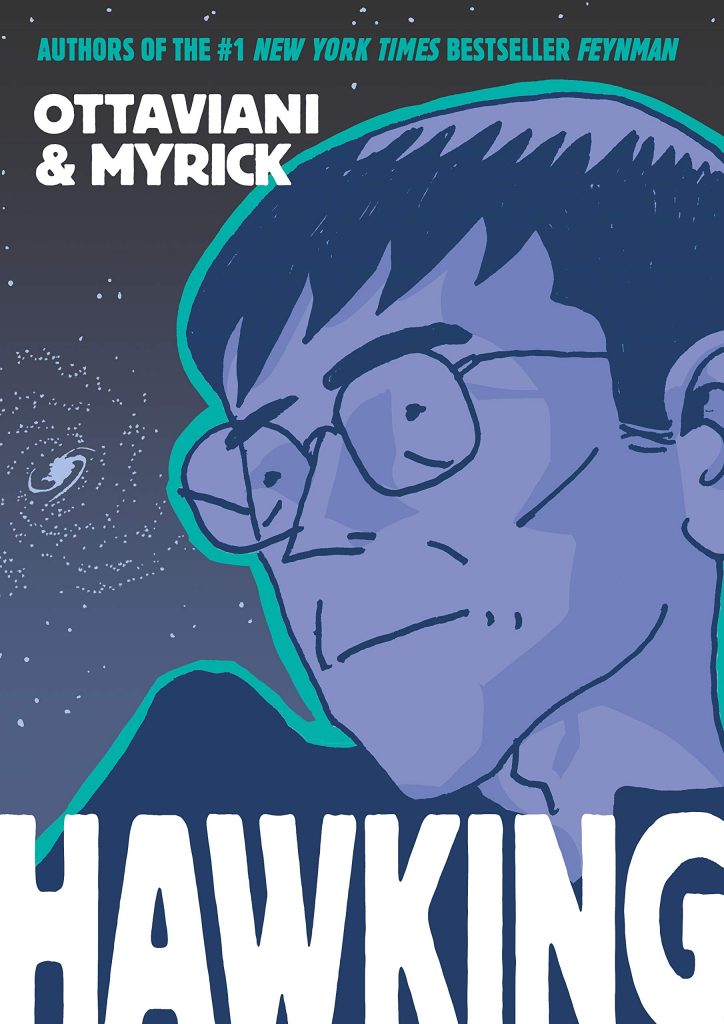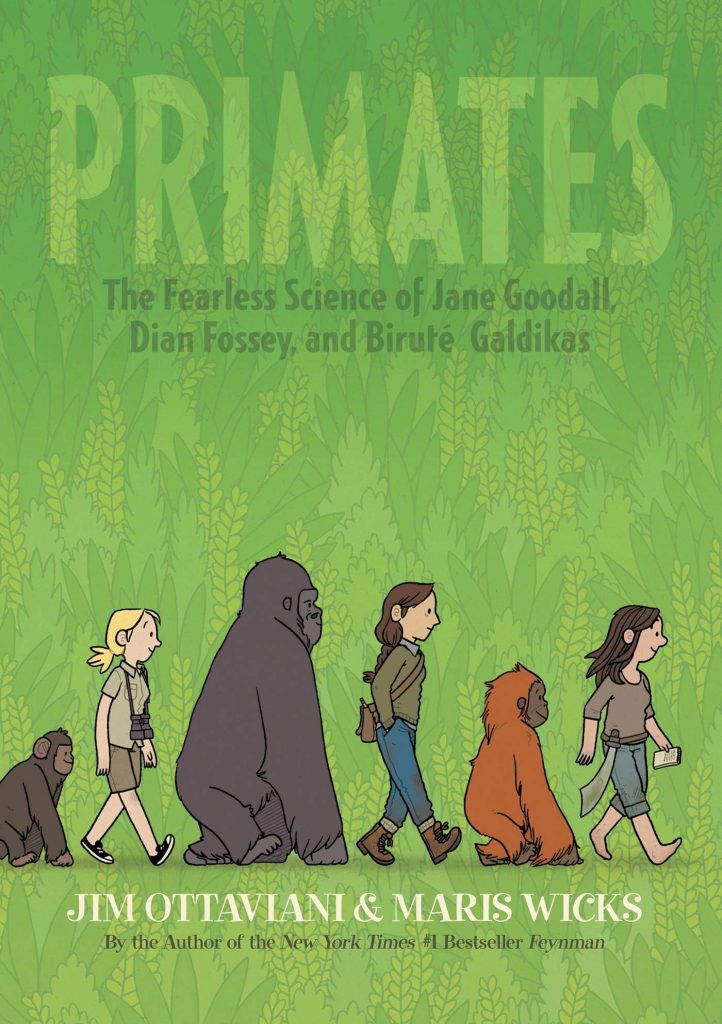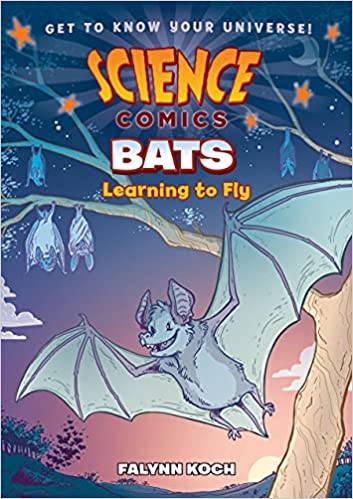Teachers and students alike praise the benefits of Graphic Novels for learning another language. The combination of pictures and words to convey concepts means that it’s easier to decipher concepts that may not be accessible in a typical prose setting.
Below are some graphic novels that highlight one of the biggest asks we get – are there any graphic novels available in Spanish? To take it further, most of the graphic novels below are available both in Spanish and English so that both could be available for students who may want to switch back and forth. Check out our full list of Graphic Novels available in Spanish. For all of these graphic novels, their alternative titles and links to purchase can be found at the bottom of the entries.
Hawking
For many born in the 80s and 90s, Stephen Hawking may be one of the most well known scientists of our time. His story of accomplishment even with great adversity is unique in many ways.
More specifically, the book does an excellent job of highlighting both the ways that Hawking is exactly the same as any other human being, and the ways in which he is different. Sometimes we can idolize celebrities like Hawking and students may think ‘but I could never be like him’.
Primates: The Fearless Science of Jane Goodall, Dian Fossey, and Biruté Galdikas
Jim Ottaviani and Maris Wicks have done a great job of making Primates accessible in English, French, Spanish, Italian, and more! No other STEM graphic novel on our list has prolific of language options.
Primates covers the story of some of the most influential women in biology of our time, and the study of primates to inform our modern-day knowledge of them. It’s also a keen reminder that when we set aside presuppositions and give people a chance, they can achieve great things
Bats: Learning to Fly
Falynn Koch is one of the authors to transcend the overall brands of many of the larger STEM graphic novel publishers (e.g., Science Comics, Maker Comics) and hit a groove with her works.
Even more so, Bats covers a topic that is familiar to almost any young person about diving deep into a creature many are fascinated with. In the Science Comics format, the reader is more connected with a ‘regular person’ as opposed to a historical figure such as Hawking or Goodall.




